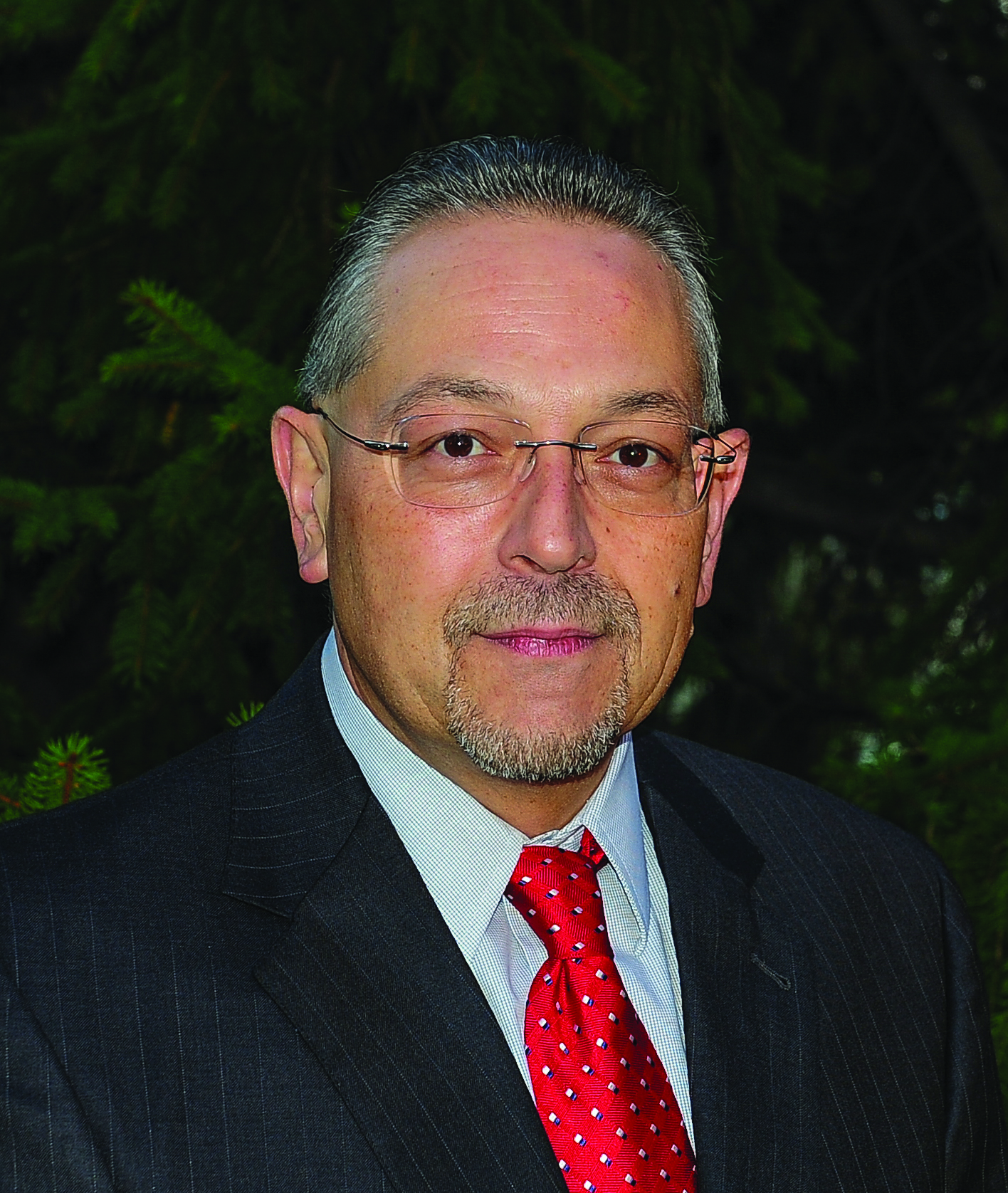Specifically Speaking: Roger Hutchins, principal, GHD Specifically Speaking: Roger Hutchins, principal, GHD

By Martha Entwistle
Updated Tue September 9, 2014
 1. Previously you were with Protection Engineering Group, which recently merged with GHD. Can you tell me about PE Group and why you decided to merge with GHD?
1. Previously you were with Protection Engineering Group, which recently merged with GHD. Can you tell me about PE Group and why you decided to merge with GHD?
PE Group's merger with GHD provides our people and clients with the opportunity to access a diverse array of services, with professionals covering engineering, environmental, project management and construction management services across property and buildings, water, environment, transportation and energy and resources markets. Our clients continue to enjoy a high level of service across our enhanced technical offerings.
In 2003, the PE Group was founded by five seasoned industry professionals offering a unique blend of experience and capabilities in all aspects of fire protection, life safety and code consulting. After a few years of consistent growth in the mid-Atlantic region, PE Group expanded its service offering to include electronic and physical security. This diversification expanded by client demand in 2008 to include Information Technology Systems and Audio Visual Systems consulting and design.
Over the past 11 years, the business of protecting people, property and assets has changed dramatically. Long gone are the days of simple, stand-alone systems and prescriptive codes. We're now faced with the challenge of complex integration of technologies and software, application of performance-based solutions, and significant changes in project delivery methods. Our historical roots in fire protection, life safety and code consulting have served our clients well. In response to significant changes in the built environment, we continue to adapt our service offerings and the approaches we use to meet our clients' needs.
2. Do you always offer integrated services to your customers? Do you do any security-only projects? Are there certain vertical markets that are taking advantage of the whole package of services?
GHD is in the business of creating value for our clients. We organize our services to best assist clients in achieving their goals at both project and organizational levels. While integrated services are not necessarily required for every project, an interdisciplinary and holistic approach is the best way to address project challenges and needs. Given the varying needs of our clients, we perform both stand-alone security design services, as well as integrated information technology services and audio visual services required to support the modern backbone infrastructure these systems rely on. Certain vertical markets, such as historic preservation and commercial interiors, lend themselves to the integrated technology services model. These projects require enhanced levels of interdisciplinary coordination that is most effectively delivered using combined services, thus minimizing disturbance to, and impact upon, sensitive, fragile or high value structures or architecture.
3. How do you use cloud computing in your designs?
The industry is still early on in its adoption of cloud services to support the built environment. Many commercial property owners are still exploring the extent to which cloud computing should be used for primary or critical building services such as building automation or site security systems. At times, they express concerns about cyber threats and potential Internet reliability problems. Recently, cyber security specialists have cited concerns about the “Internet of Things” as a potential source of new threats due to the projected growth of network-enabled devices and appliances. These developments are slowing the wider adoption of cloud resources for security. The wide adoption of Building Information Management (BIM) design tools is advancing cloud use in the design arena. BIM supports the creation and maintenance of facility data and serves as the foundation for lifecycle asset management. BIM design tools capture building systems data during design to create the baseline for a comprehensive facility asset management solution. It is common for the databases to be hosted and managed through cloud providers. Cloud-based resources include performance-based tools for modeling building elements such as environmental performance and emergency egress.
4. How does regulatory compliance figure into your work?
Regulatory compliance runs deep in the GHD environment spanning both internal business processes and project requirements. GHD maintains an ISO9000-2006 Certification that drives many aspects of our business process, particularly relative to quality management and integrity. We are a professional services company with 8,500 people globally, including registered professional engineers, technical staff and certified professional specialists. Our projects often invoke multiple regulatory requirements at the country, federal, state and local levels. Because we operate within complex regulatory systems, our professionals are proactive contributors to, and authors of, the codes and standards we apply in our day-to-day work.
Comments